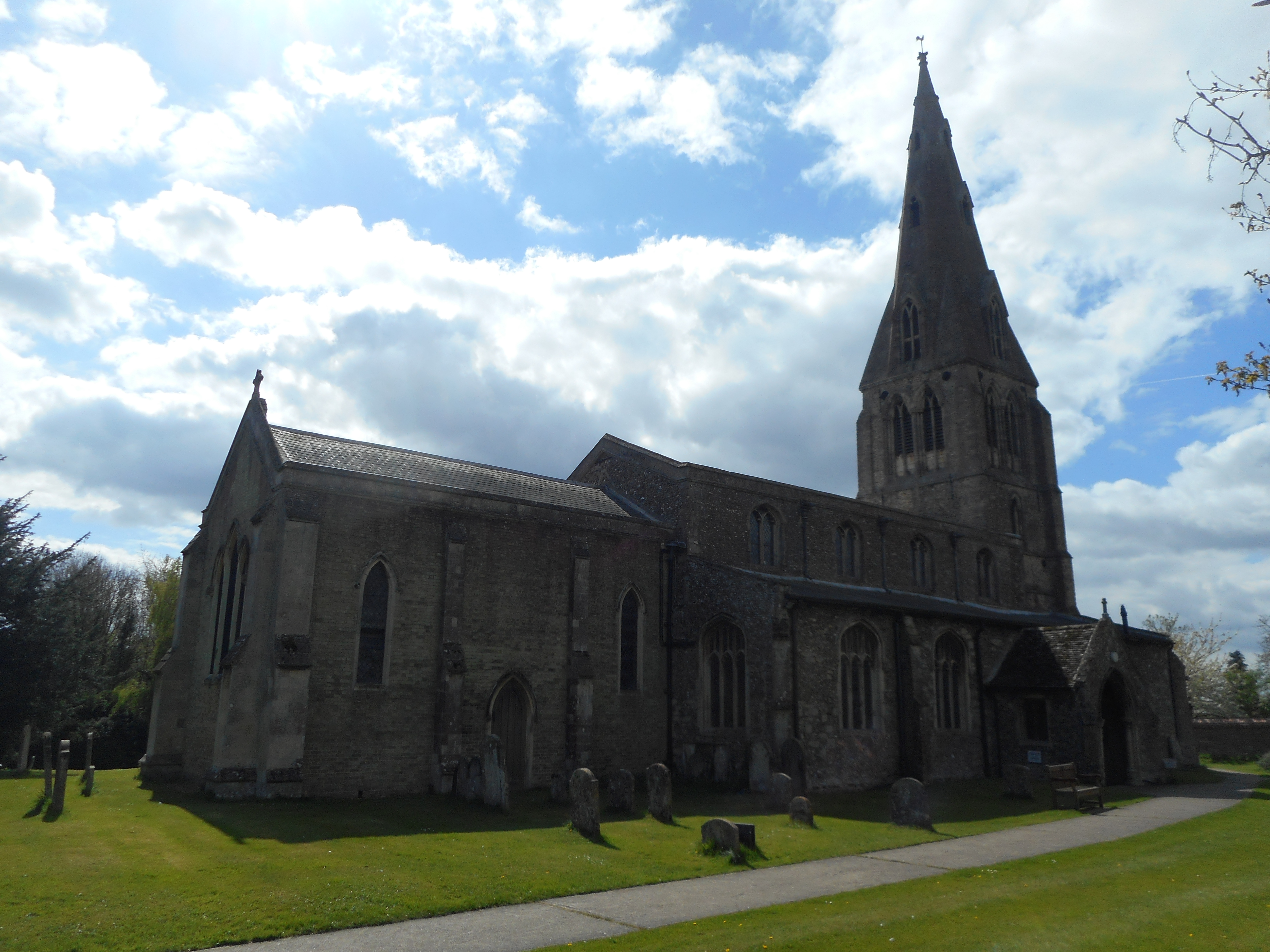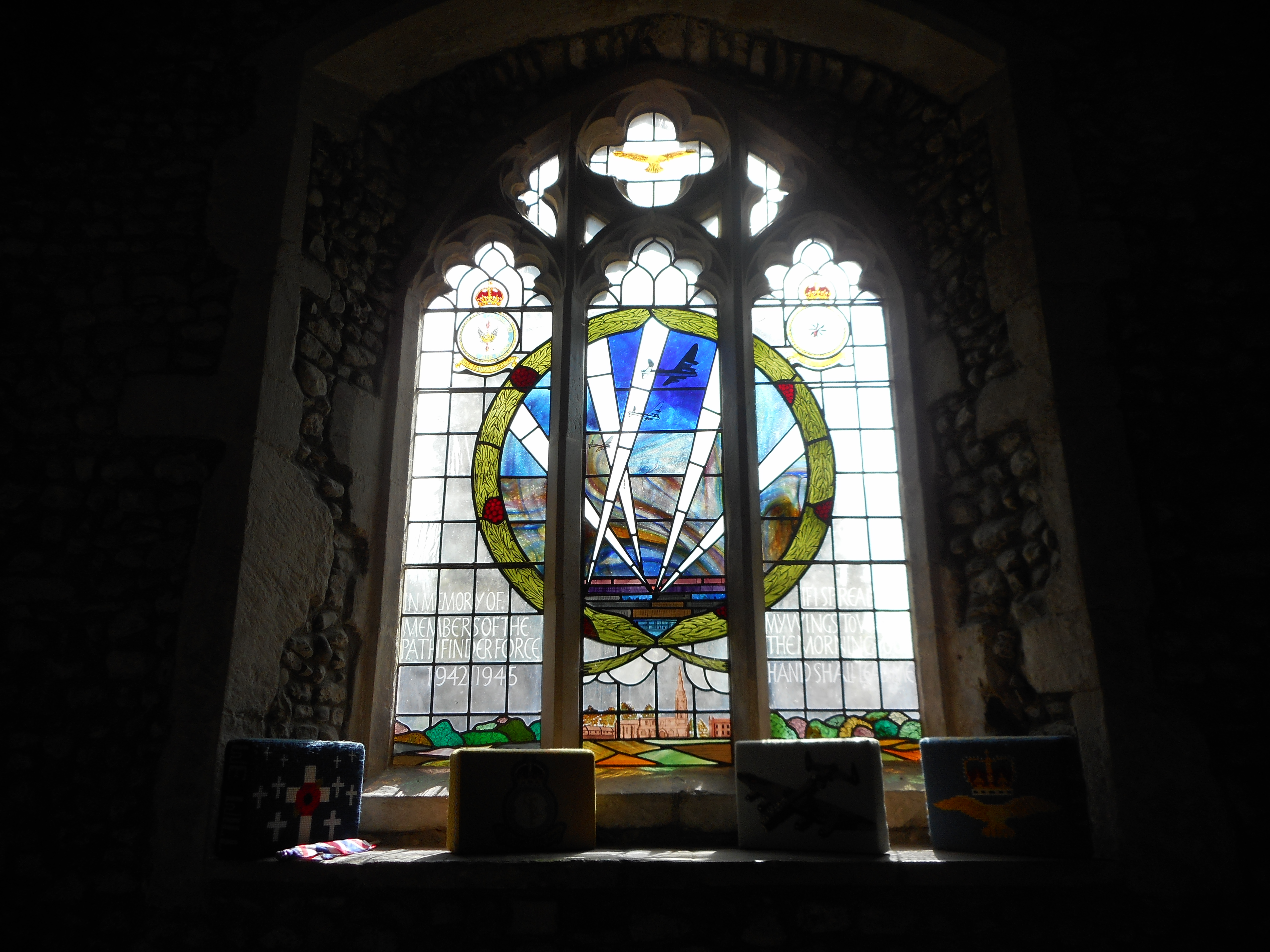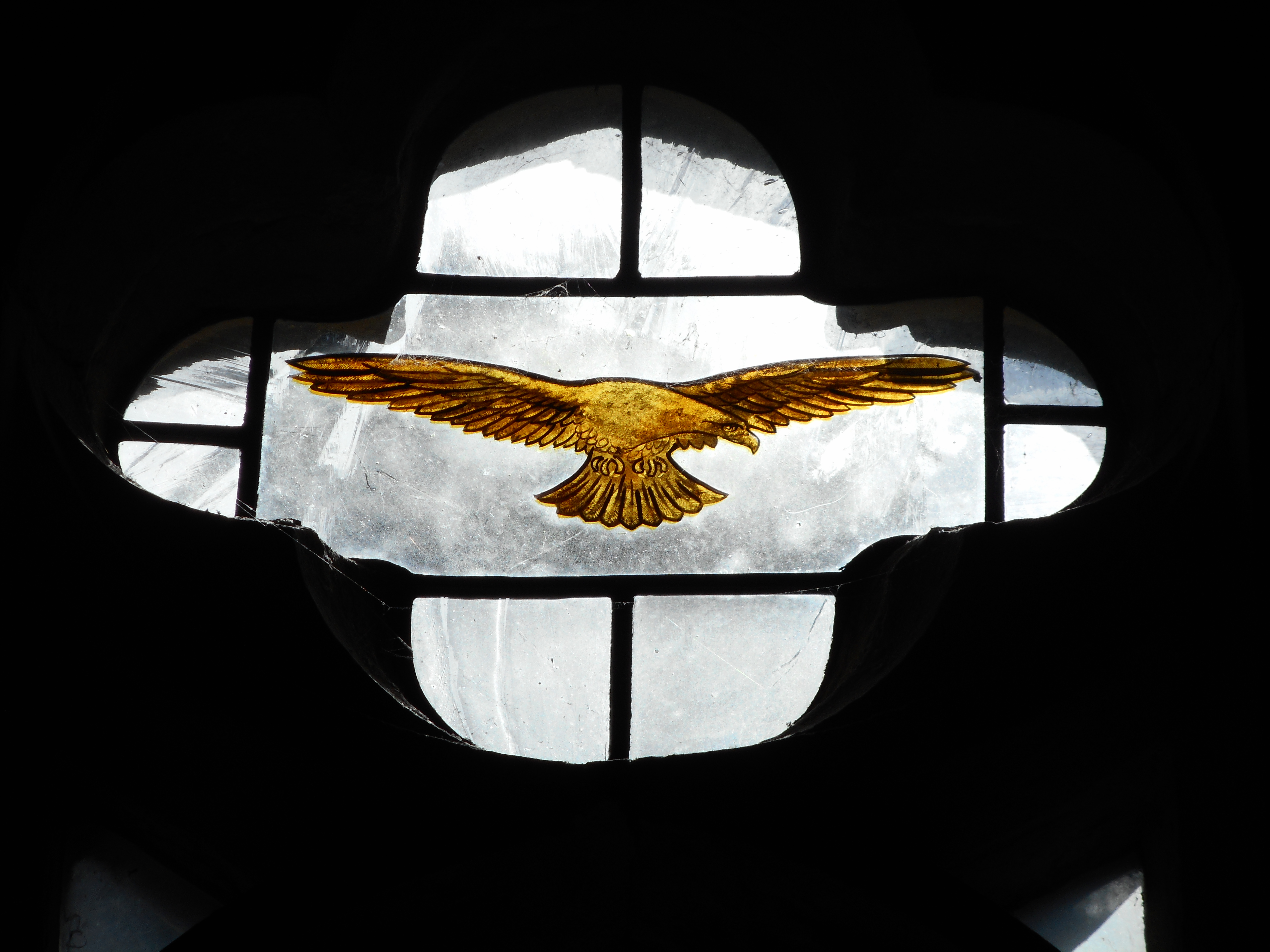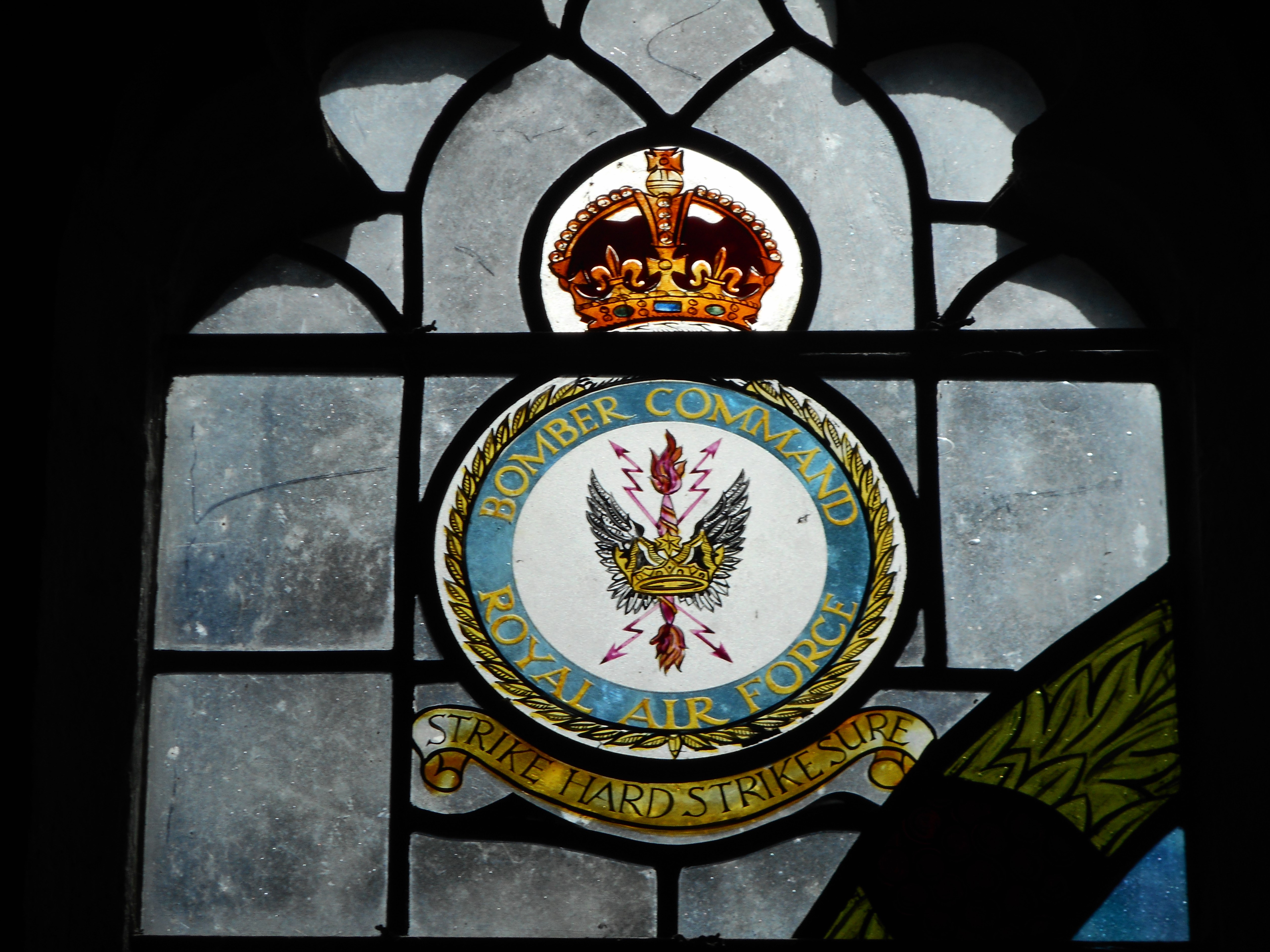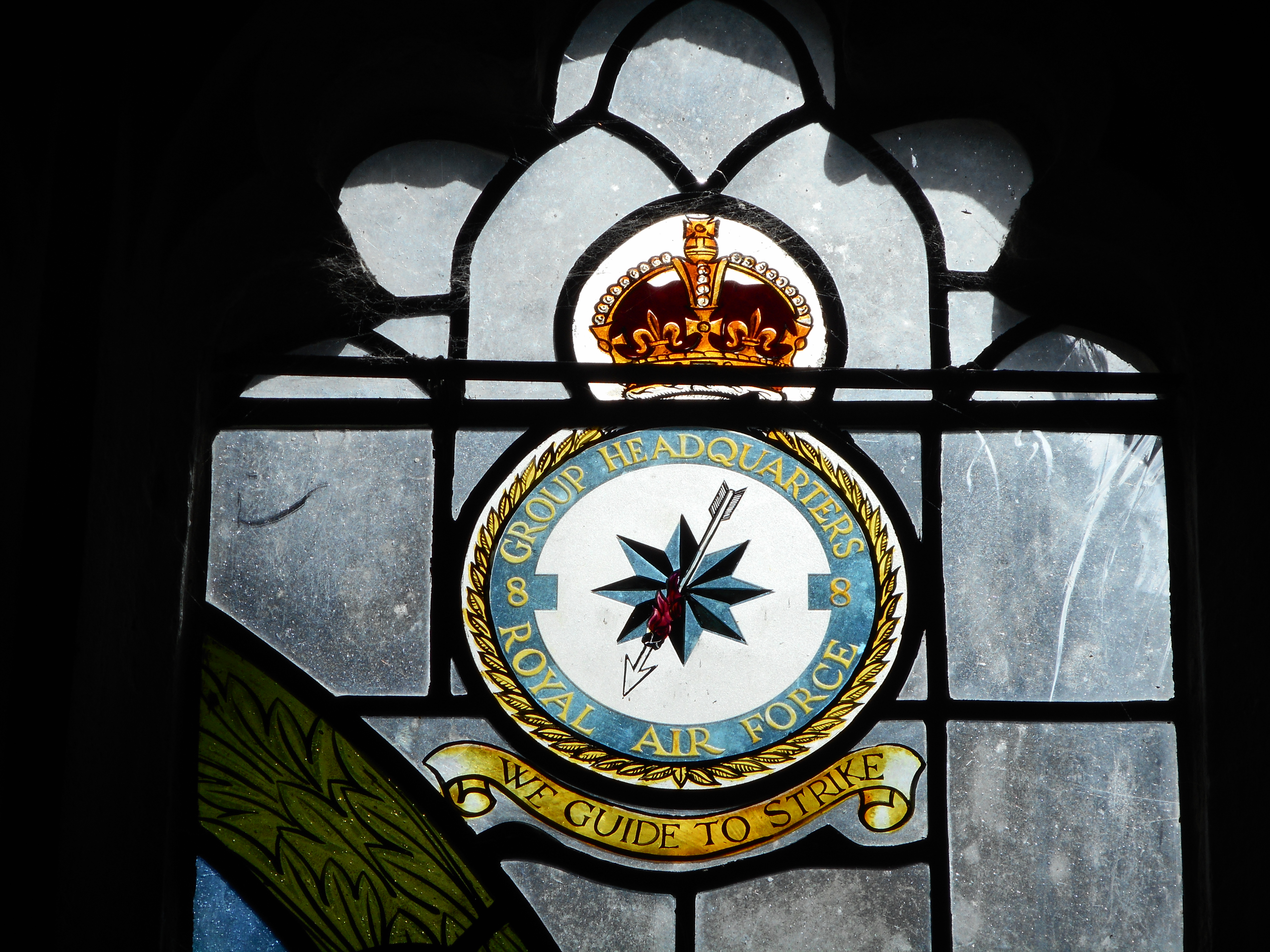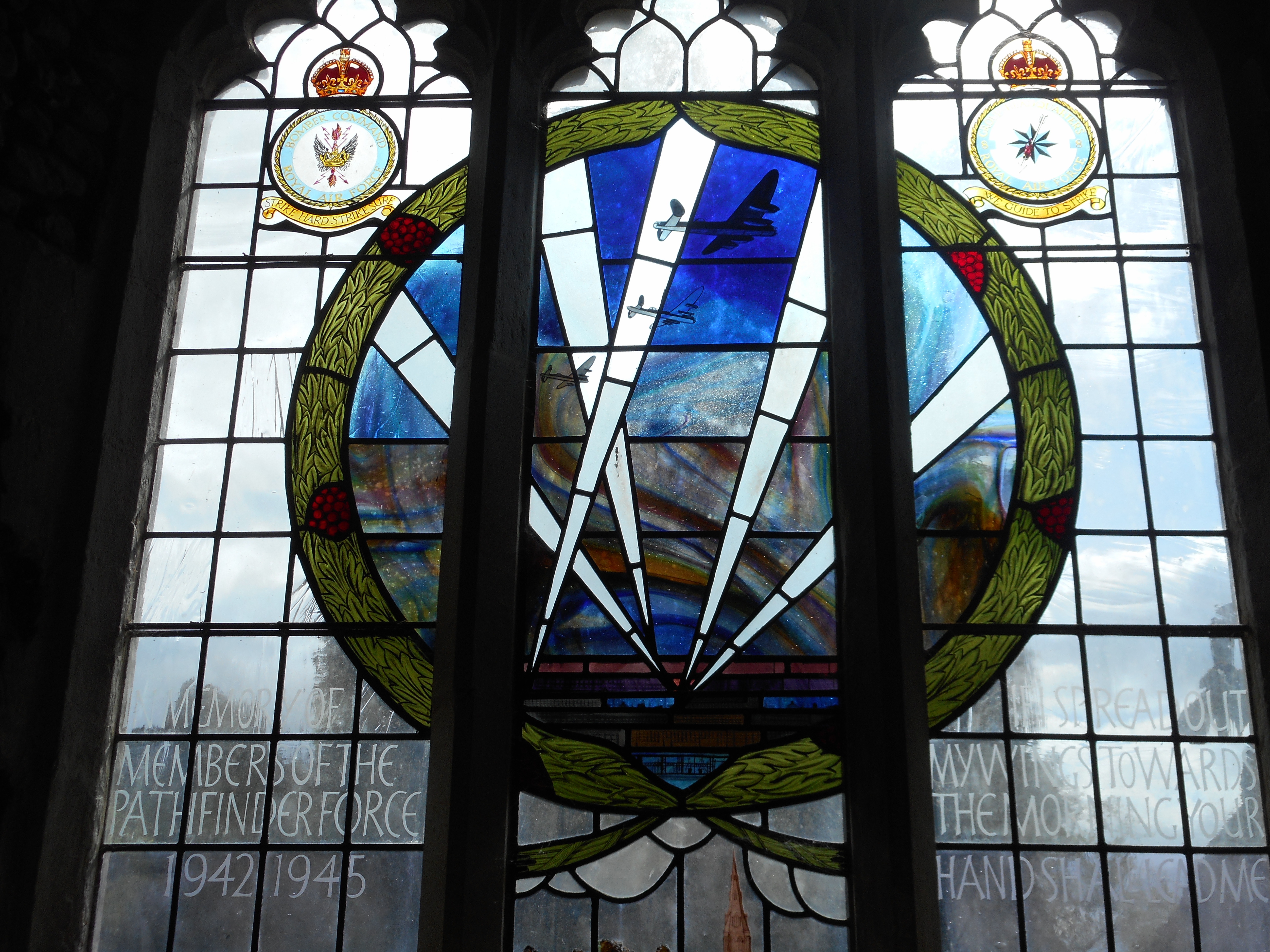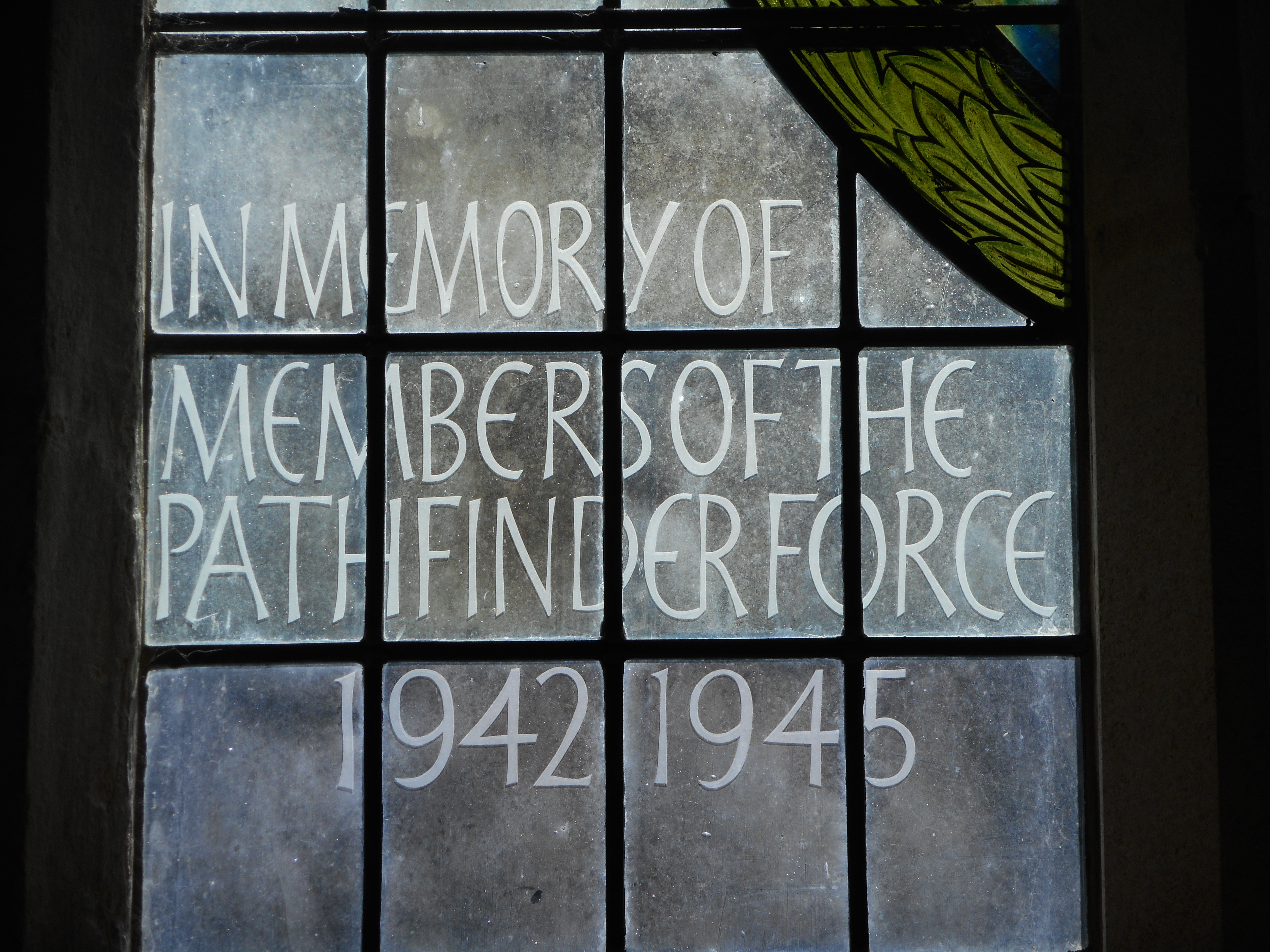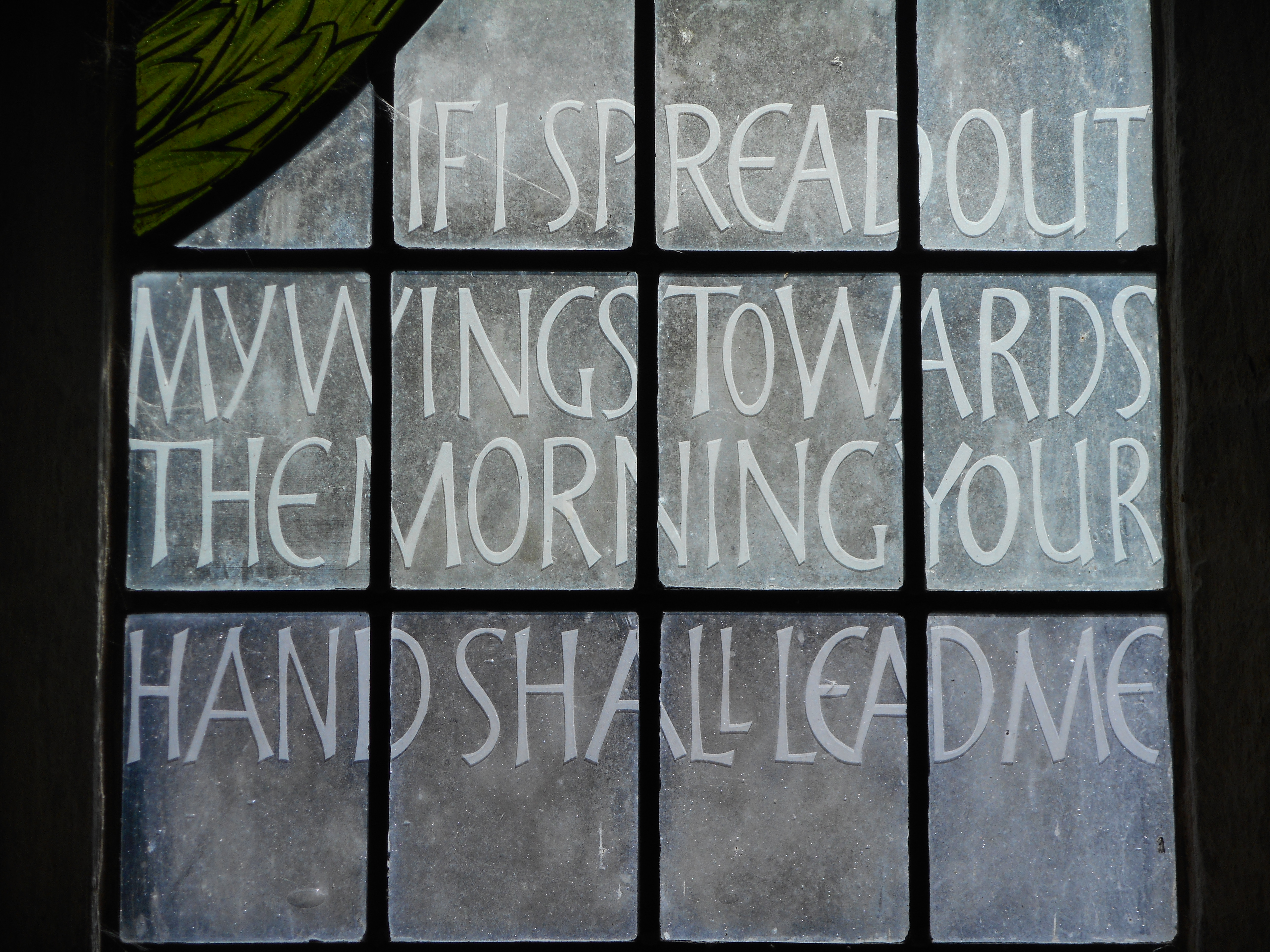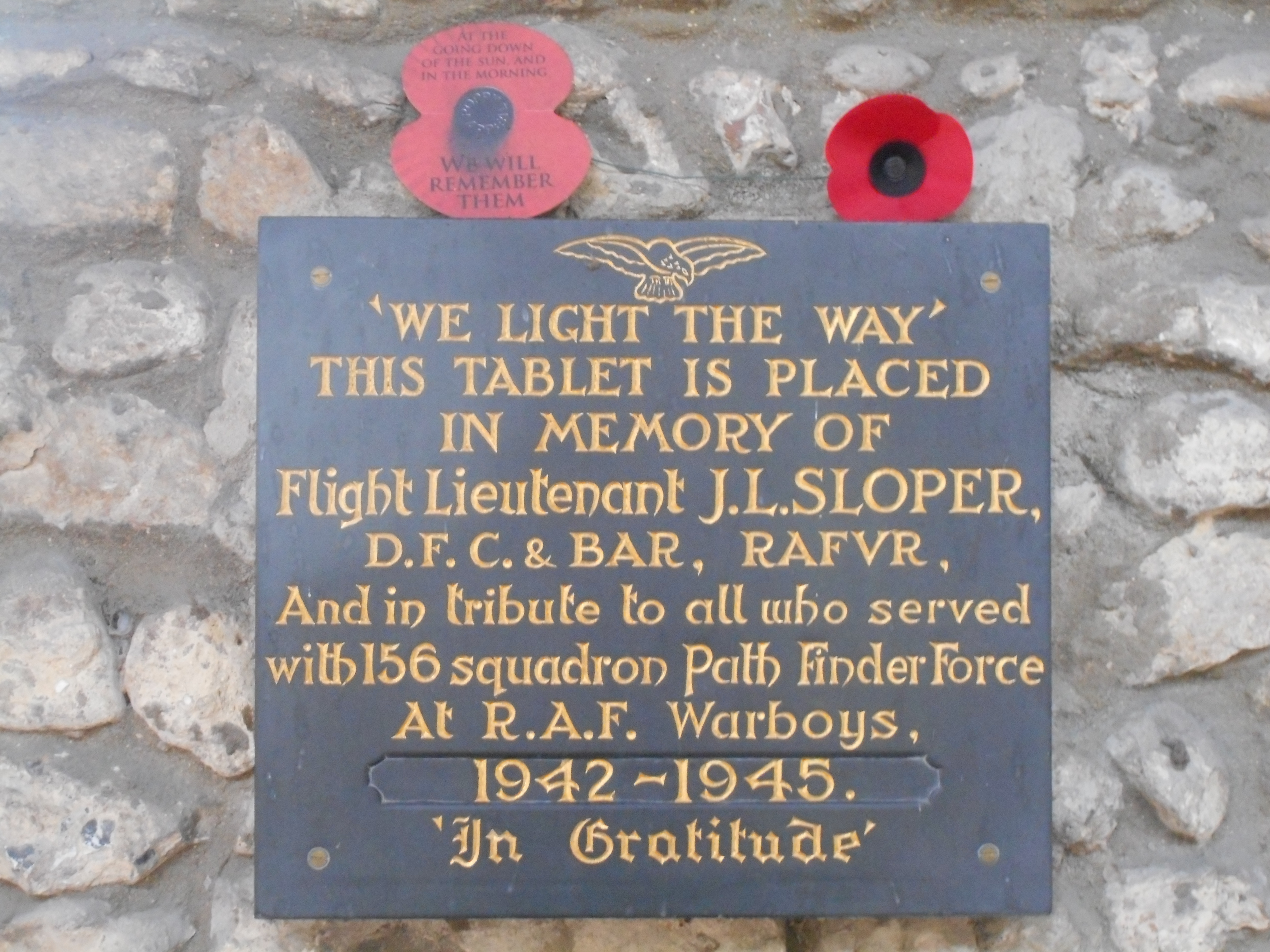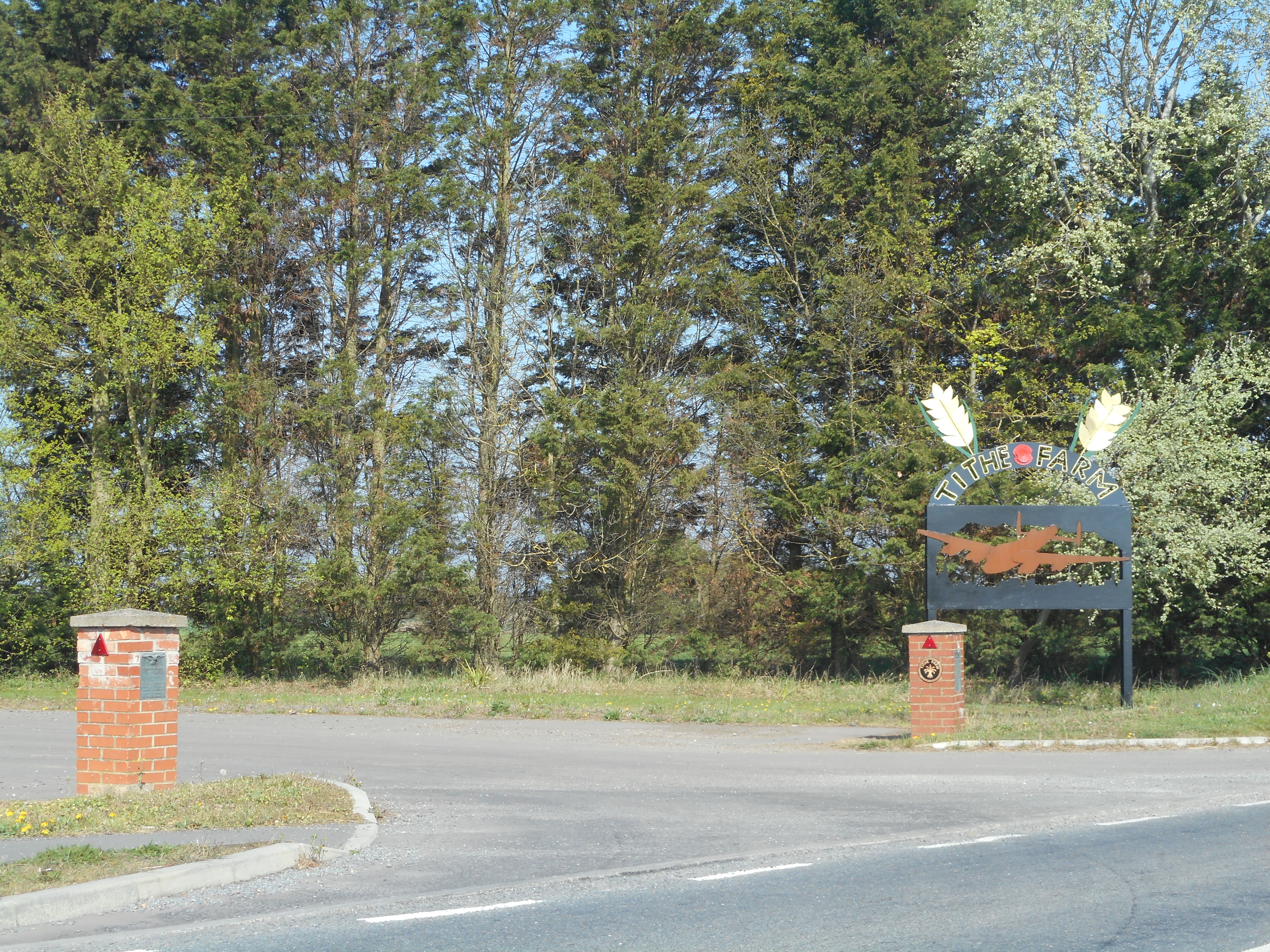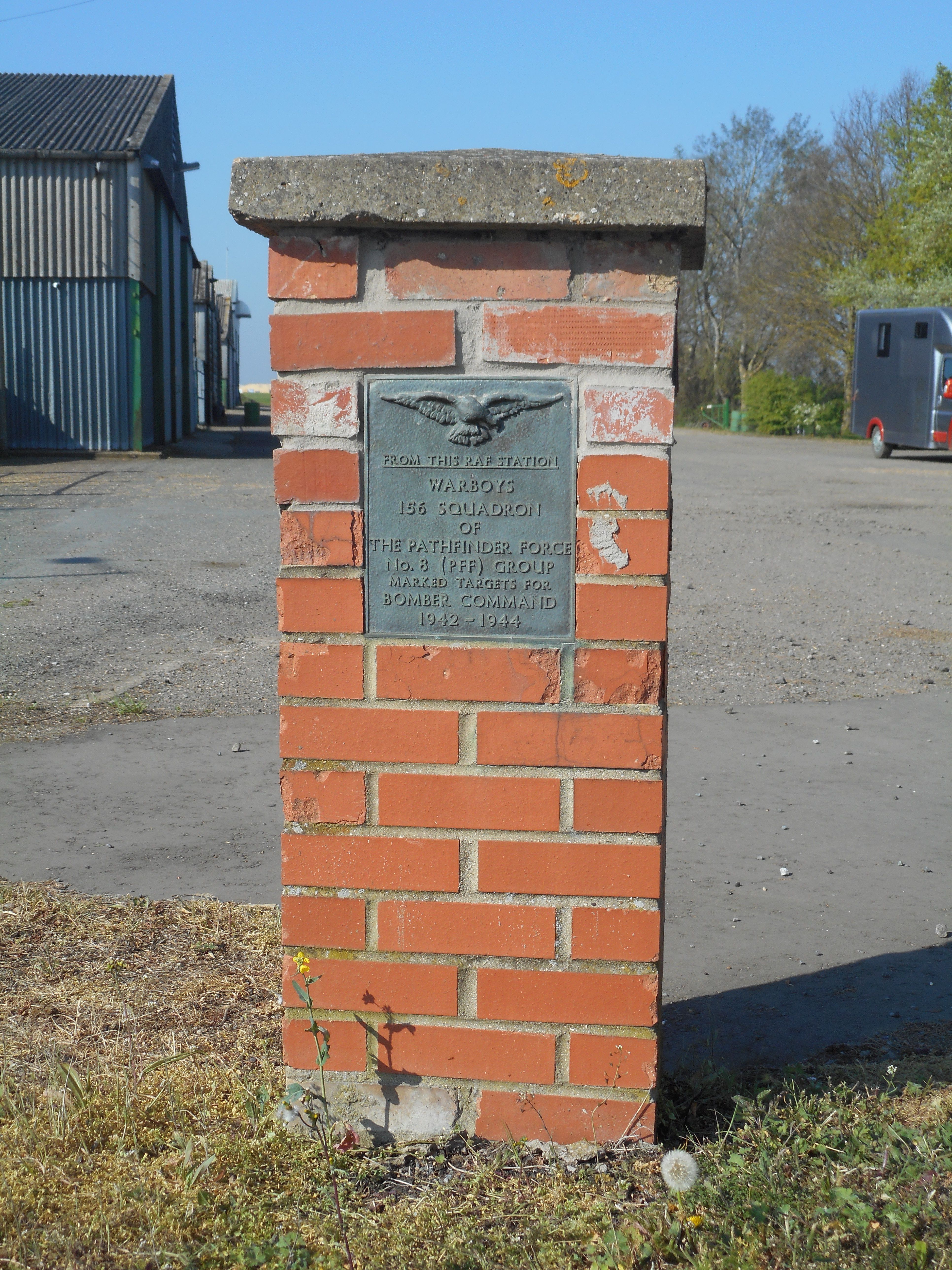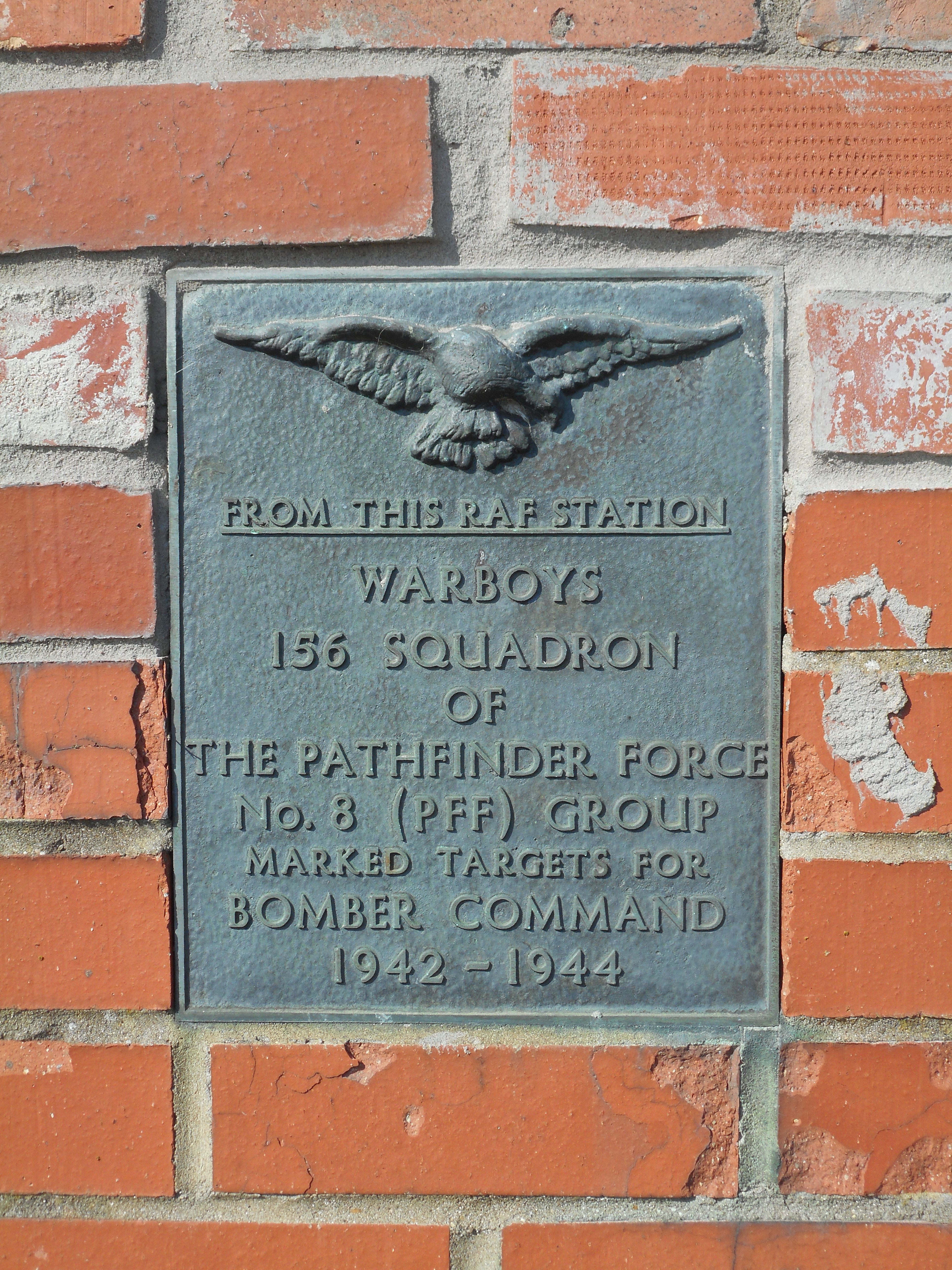Young, Henry Edward
Personal Information
| Rank | Sgt |
| Forename(s) | Henry Edward |
| Surname | Young |
| Gender | M |
| Age | 33 |
| Date of Death | 26-06-1942 |
| Next of Kin | Son of Arthur and Nellie Young, of St. Pancras, London. Husband of Elizabeth Young, of Kentish Town, London. |
Aircraft Information
| Aircraft | Vickers Wellington III |
| Serial Number | BJ594 |
| Markings | GT- |
Memorial Information
| Burial/Memorial Country | United Kingdom |
| Burial/Memorial Place | St. Pancras Cemetery |
| Grave Reference | Service Plot, Joint Grave 71. |
| Epitaph | YOUR MEMORY IS ALWAYS WITH US |
IBCC Memorial Information
| Phase | 2 |
| Panel Number | 270 |
Enlistment Information
| Service Number | 1378544 |
| Service | Royal Air Force Volunteer Reserve |
| Group | 3 |
| Squadron | 156 |
| Squadron Motto | We light the way |
| Trade | Air Gunner |
| Country of Origin | United Kingdom |
Other Memorials
| Location | St. Mary Magdalene Church, Warboys, Cambridgeshire |
| Country | United Kingdom |
| Memorial Type | Stained Glass Window & Inscribed Slate Tablet |
| Memorial Text | We light the way" This tablet is placed in memory of Flight Lieutenant JL Sloper DFC and Bar, RAFVR. And in tribute to all who served with 156 Squadron Path Finders Force at RAF Warboys, 1942-1945, In gratitude. |
| Location | Tithe Farm, Warboys, Cambridgeshire |
| Country | United Kingdom |
| Memorial Type | Brick Pillars and inscribed Metal Plaques |
| Memorial Text | From this RAF Station Warboys 156 squadrons No 8 (PFF) group, marked targets for Bomber Command 1942-1944 |
Commonwealth War Graves Commission
The National Archives
Last Operation Information
| Start Date | 25-06-1942 |
| End Date | 26-06-1942 |
| Takeoff Station | Alconbury |
| Day/Night Raid | Night (90% moon) |
| Operation | Bremen. 960 Bomber Command aircraft were joined by 102 from Coastal Command. The stiff wind that kept cloud cover away by day dropped, allowing cloud to form over the target and made identification difficult. Attack mainly centred on the Focke-Wulf factory and the A. G. Weser and Deschimag shipyards. Gee equipped markers lit fires which most bombers then bombed, making the results more impressive than the Essen 1000 bomber raid. Very high OTU losses due to old aircraft and inexperience, making total losses 5%. 91 Group lost 11.6% of its aircraft |
| Reason for Loss | Turned back due to electrical problems. Crashed on third attempt to land. Collided with a pillbox, tearing off the rear turret and killing Sgt Young |
